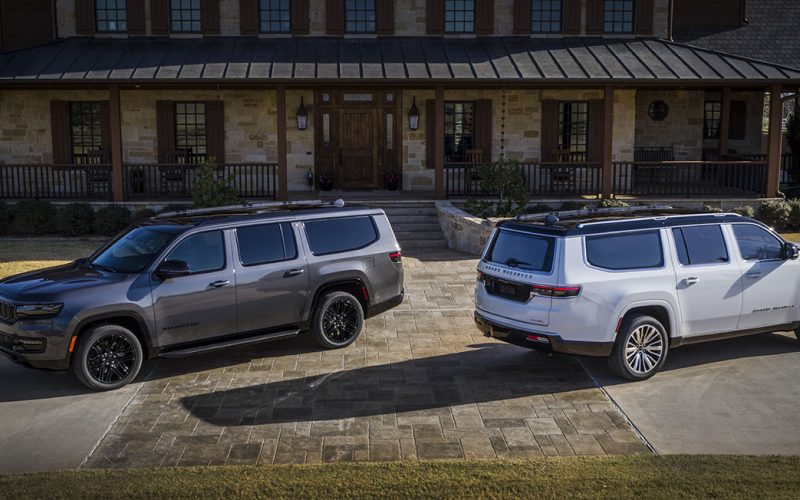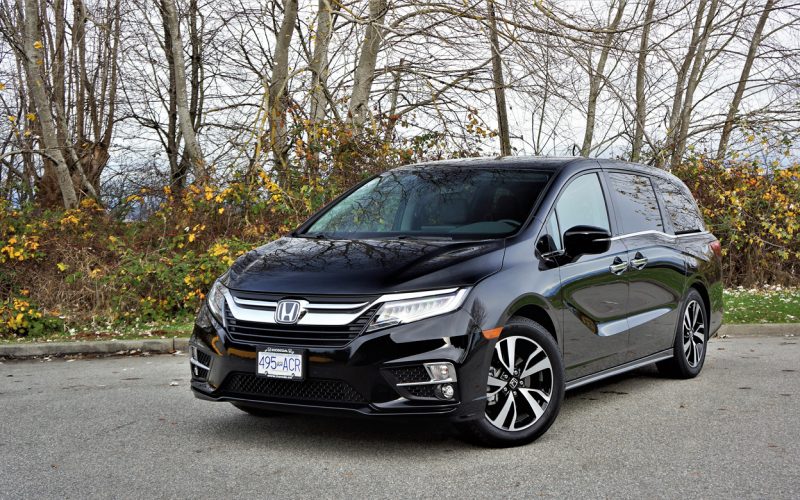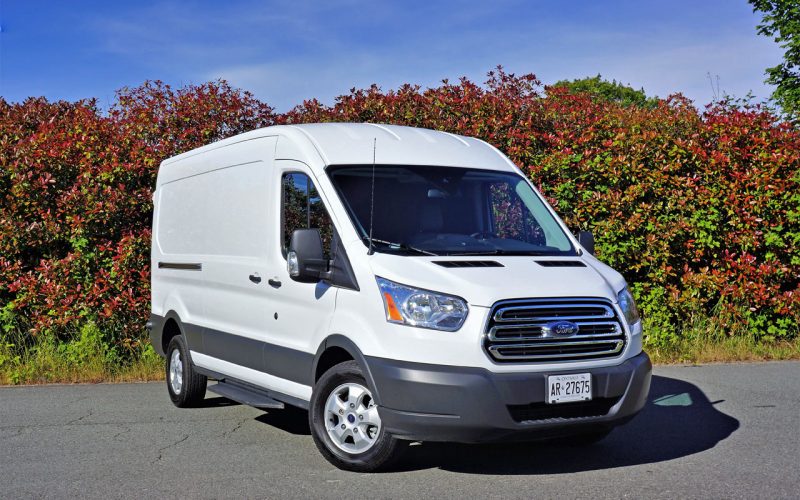
Reading Time: 4 minutesIt was only a matter of time before Jeep gave the extended wheelbase “L” treatment first

Reading Time: 15 minutesThe minivan is a strange beast. After the segment’s first foray into the market during the

Reading Time: 5 minutesI bet you can think of a dozen or more things you could do with this
© 2025 The Car Magazine. All Rights Reserved, Privacy Policy | Terms of Use